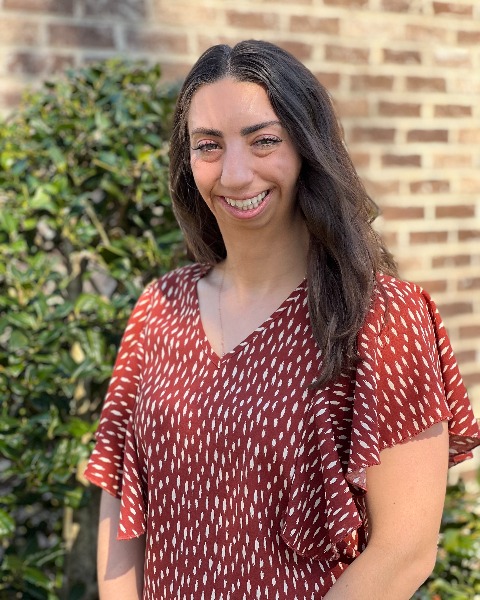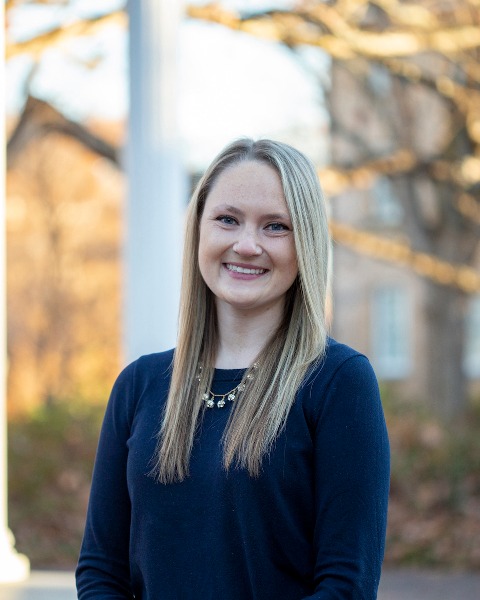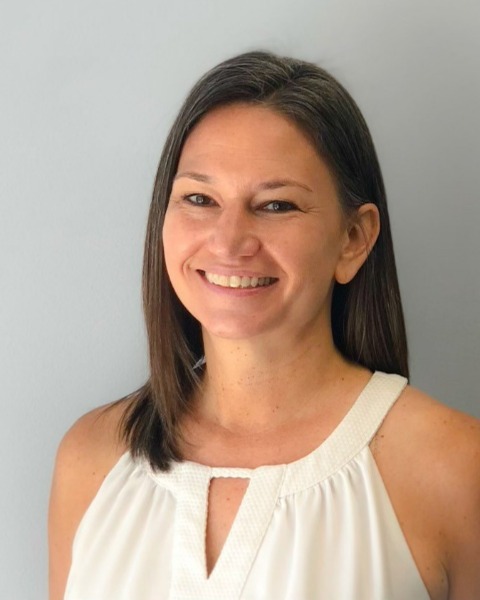Implantable Hearing Devices (IHD)
(PP801) Effects of Age at Cochlear Implant Activation on Auditory Skill Development for Infants

Shannon Culbertson
AuD Student
University of North Carolina at Chapel Hill
Chapel Hill, North Carolina, United States

Margaret E. Richter, AuD
Research Instructor
The University of North Carolina at Chapel Hill
Raleigh, North Carolina, United States- MD
Margaret T. Dillon, AuD
Research Associate Professor
University of North Carolina at Chapel Hill
Chapel Hill, North Carolina, United States - MA
Melissa Anderson, AuD
Audiologist
UNC, United States 
Sandra Hancock, Speech-Language Pathologist, LSLS, Cert AVT
SLP
The Children's Cochlear Implant Center at UNC, North Carolina, United States- KB
Kevin D. Brown, MD/PhD
Associate Professor
The University of North Carolina at Chapel Hill, Department of Otolaryngology
Lead Presenter(s)
Contributor(s)
Summary:
Purpose: US Food and Drug Administration (FDA) approved age indications for cochlear implantation in children is currently 9 months and older. Studies have shown that cochlear implant (CI) activation before 9 months of age can lead to better listening and spoken language outcomes. As auditory skills are a precursor to the development of spoken language, this study was undertaken to investigate the impact of age at CI activation on the trajectory of auditory skill acquisition in young children.
Method: This study is a retrospective review of the Functional Listening Index (FLI) scores obtained during routine clinical visits for 76 children with congenital bilateral severe-to-profound hearing loss implanted before age two. A linear mixed-effects model was completed to investigate the impact of age at activation on cumulative FLI scores.
Results: The overall model was significant, F(1,540) = 194.02, p < .001. There was a significant interaction between age at activation and chronological age on cumulative FLI scores, F(1,540) = 11.63, p < .001, indicating that the effect of the child’s age at the time of testing depended on their cumulative score depends on the age of activation. Older children had higher FLI scores, however children with younger ages of CI activation reached higher FLI scores earlier than children who were implanted younger. Children activated before the age of nine months approximated scores expected of children with normal hearing by the age of two years, while children activated at older ages did not reach age-appropriate scores.
Conclusion: The results of this study suggest that early CI activation results in better auditory skills at younger ages. Since activation requires surgical implantation our findings suggest that the currently approved FDA indication of nine months should be lowered to allow for optimal auditory skill acquisition.
Learning Objectives:
- Upon completion, participants will be able to describe the trajectory of auditory skill acquisition in children with cochlear implant activation before 2 years of age.
